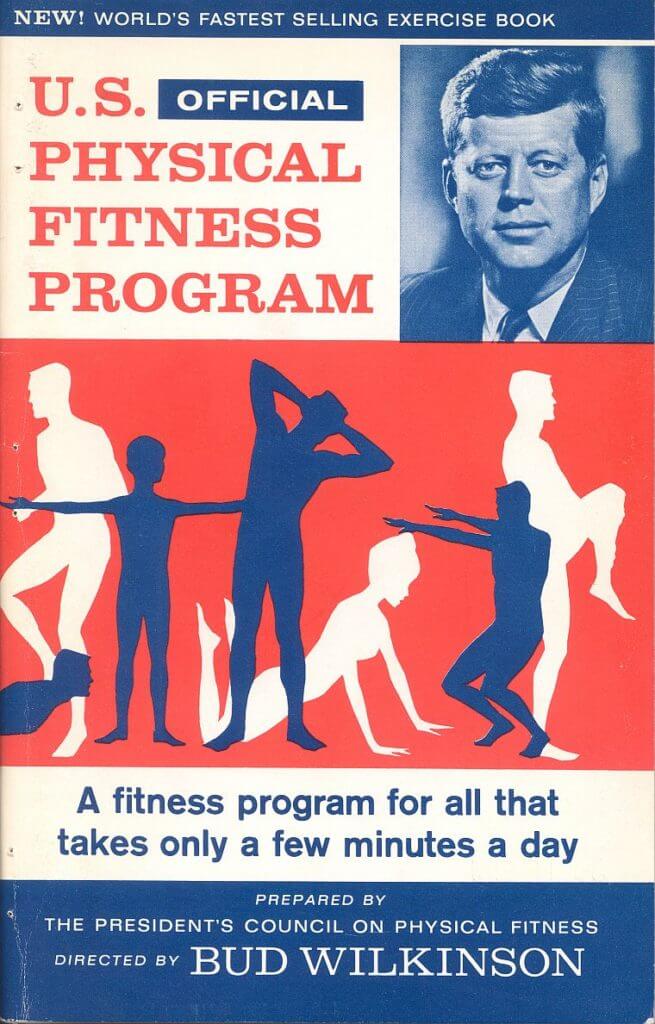Fitness Programming: A Four Step Process

Assess Your Mobility and Movement
I see it all the time. Excitement is high out of the gates and someone dives right into an intensive fitness program, only to find themselves two weeks later back on the couch due to an injury or burn out.
If you sit at a desk, work long hours, or if you haven’t been training in a while, it’s important to start slow and to assess your mobility and current movement patterns. It is difficult to stay on a fitness program if you come down with an injury out of the gates.
At Skyterra, we screen all of our guests before they start our program. We use our years of experience and a standard FMS screen to set people up for success. Our goal is to get in front of underlying issues and give our guests initial techniques that will get them feeling and moving better. We believe every human being should have the ability to perform daily maintenance on themselves allowing them to move better and live a healthy, happier, more fulfilling life.
Benchmark Current Fitness
Most people have an idea of their fitness level, but assessing and recording benchmarks to measure progress is key. At Skyterra, we have a standard baseline workout that is scalable for any individual who walks through our doors. In five minutes, we can see how a person moves and uncover their fitness strengths and weaknesses. Outside of a baseline workout, important measurements include resting heart rate, body composition, cardio respiratory endurance, flexibility and muscular strength.
Create Structure
We like to identify our fitness program as a quality over quantity approach. What can we teach our guests to stick to that will allow them to still live their lives? What’s realistic, sustainable?
To be successful, an individual has to enjoy their program, have autonomy in its creation and structure it to their regular life. Consider how much time is available in a week, make it a balanced routine that prioritizes recovery and focuses on the opportunities that give the highest output in the least amount of time.
First of all, looking at your program and calling it “exercise” should be avoided. This term gives it the connotation that you “have to” do it, like working out is an obligation in your day. Successful fitness programs are structured as appointments that someone looks forward to and they’re typically written out or placed in the Iphone. Make sure to protect scheduled fitness time and include different activities into each week.
Set Specific Goals
Rarely have I seen long-term success in individuals without clear-cut fitness goals. Instead of “exercise” think of yourself as being in training, what do you want to achieve? What are the steps you have to take daily to get there?
We have to get specific with our goals. Running a marathon is far different than working on weight-loss and body composition improvements. If we’re trying to run a marathon in “X” amount of time we need to execute “X” workouts a week and see “X” times in those workouts to know we’re on track. It’s the same setup for any goal.
Being specific and setting up weekly goals allows us to stay accountable and measure progress often. If we want to lose weight, we can think of tracking “X” workouts, and “X” quality foods to measure “X” amount of change in our body fat percentage. Get away from linking your exercise and foods to the amount of calories burned or taken in. Focus on goals that show improvements in routine consistency, joint range of motion, fitness benchmarks and waist circumference.
During your Skyterra visit, we will help you create a lasting fitness regime that will be measurable, sustainable, and fun! You will be surprised to see your success and improvement over time. We are excited to be on this journey with you.